Royally rugged Queenstown
Down a long and zig-zagging road, constantly turning back on itself with more than 90 turns, lies one of Tasmania’s hidden gems: Queenstown.
Set 260 kilometres from Hobart in the state’s rugged west, the region’s largest town is hugged from all sides by rolling hills, majestic mountains… and its very own ‘moonscape’.
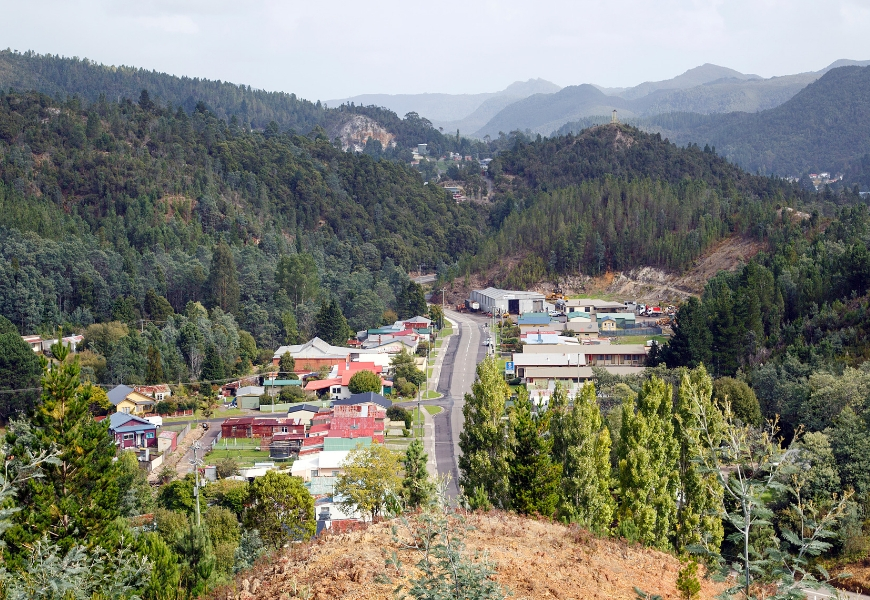
Queenstown, get connected
Queenstown is now ready to connect to the nbn™ broadband access network.
Did you know? According to our recent Connecting Australia research, by 2021, up to 1730 additional businesses in Tasmania will be attributable to the nbn™ access network.
Moon landing
Twisting in to town on the Lyell Highway, you’d be forgiven for thinking you’d passed through a portal to another world.
Once the world’s richest mining town, the moon-like landscape that welcomes visitors to the Queen River Valley still bears the scars of that mining success.
Pockmarks, hues of pink and grey, and a scarcity of vegetation tell the tale of the area’s extensive gold and copper mining operations, as well as mass logging, in the early 1900s.
And it’s a sight – “a man-made moonscape,” says Tasmania.com – “that tourists from all over the world travel to experience”.
Yet, it’s not all barrenness in Queenstown.
In lush contrast, it skates the edge of Tasmania’s World Heritage Wilderness Area, boasts great fishing lakes in its surrounds, and is one of the wettest places in the state with 2408mm average annual rainfall.
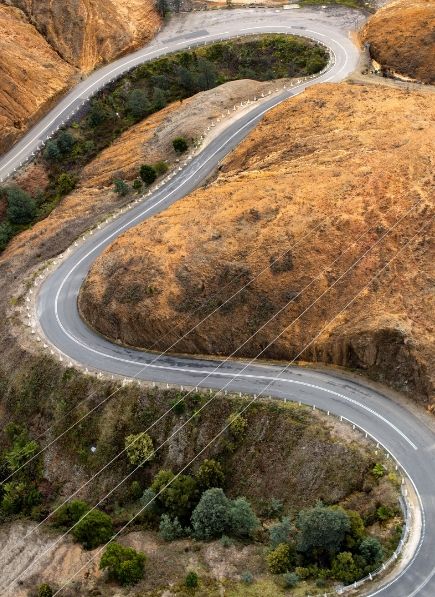
Queenstown according to Sarah
Last year, before Queenstown was connected to the nbn™ access network, we chatted with local Sarah Myers about the benefits she was hoping to experience.
With her household now connected, we checked in with Sarah to find out how it’s going…
“My partner and I run a small business from home. Being hooked up to services over the nbn™ access network helps us to do all our accounting work.
“We do most of our work at night, as we’re both busy during the day. People are usually at home then so we thought it would slow down to a snail’s pace but we’re able to complete our work.
“Having one child at home all the time and another on weekends, we’re all able to use the internet – PlayStation, Netflix and iPad, then throw all our phones in – with no issue at all.”
Queenstown according to nbn™ local’s Russell
Rolling out the nbn™ access network in the often-wild west coast has been a major feat, says Russell Kelly, nbn™ local Manager for Tasmania.
“It’s exciting news that the west coast has joined the nbn™ access network.
“Through co-operation between NBN Co and the state and federal governments, the nbn™ access network has now been extended to Queenstown, Rosebery and Zeehan, utilising the fibre backhaul of Tasmania’s electricity utility, TasNetworks.”
“The Connecting Australia report shows that regions connected to the nbn™ access network are enjoying a boom in the rate of growth in digital economy jobs at a rate of almost five times the national average.
“The arrival of the nbn™ access network plugs the west coast into a digital future.”

Three things to do in Queenstown
All aboard the West Coast Wilderness Railway
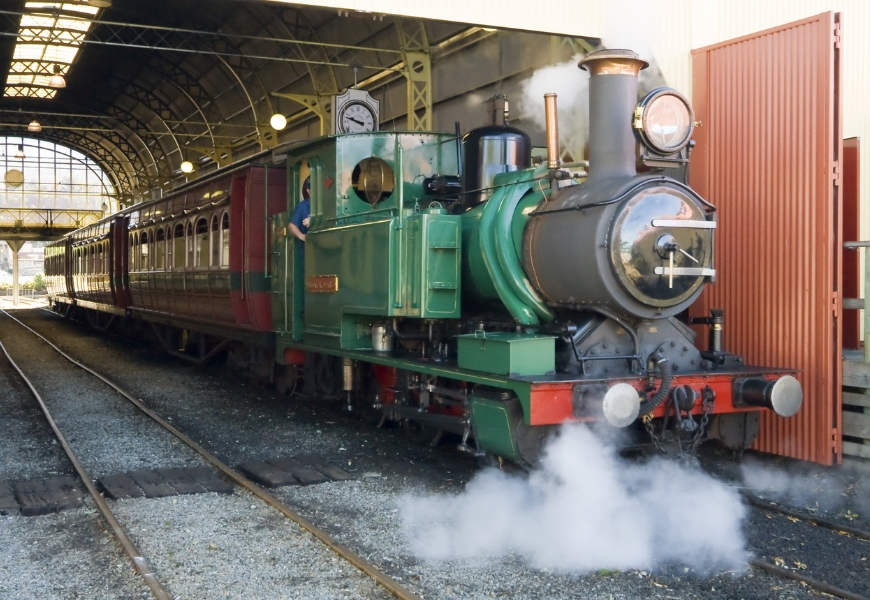
Take a speccy at ‘The Gravel’
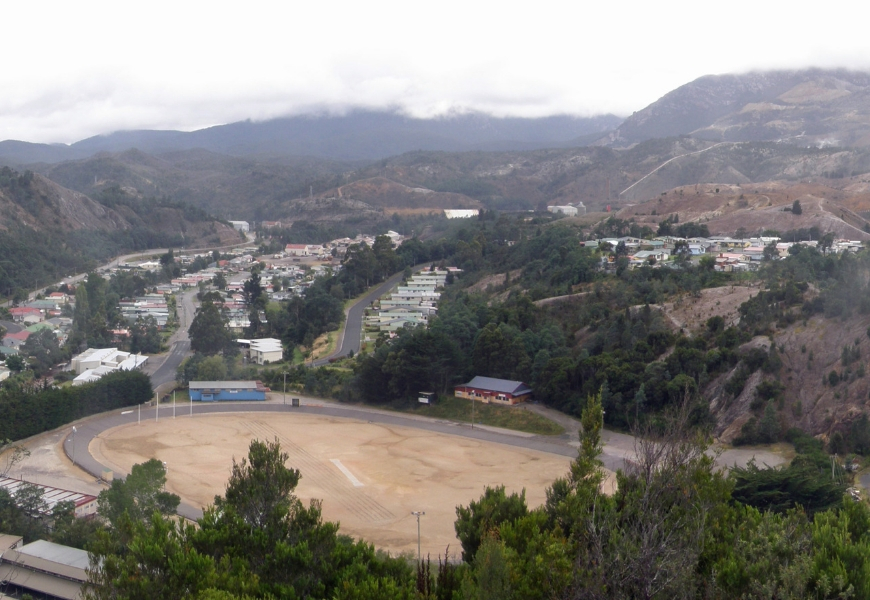
Get arty at The Unconformity
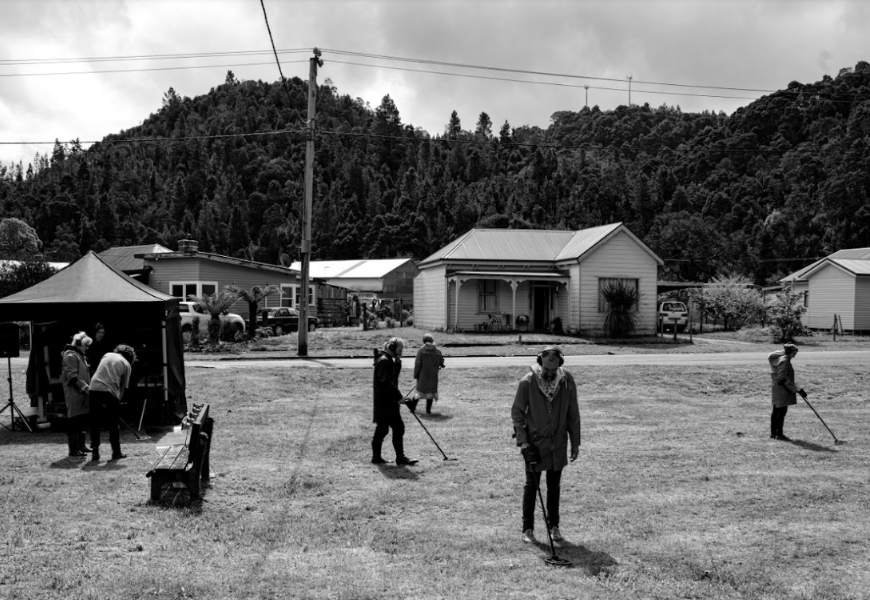
Queenstown by the numbers
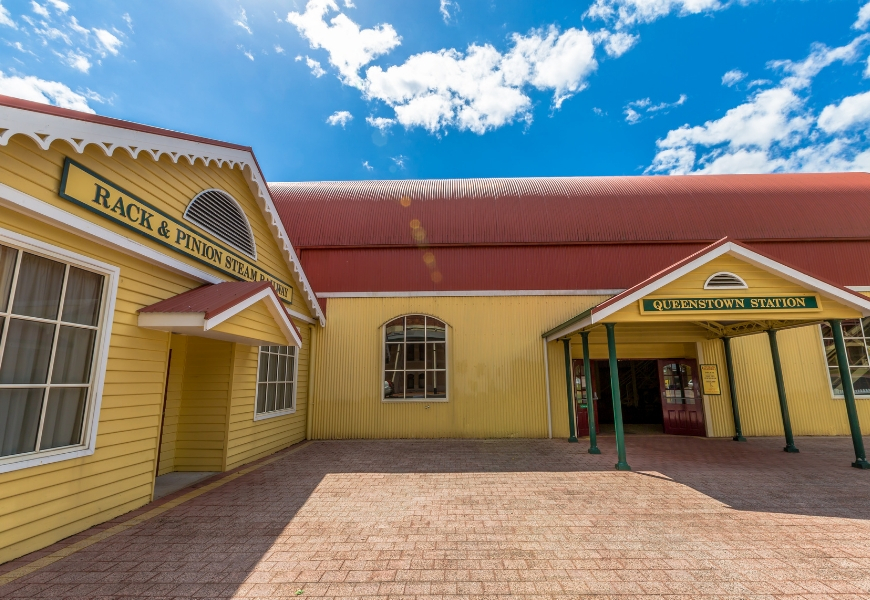
28 – The weight in tonnes of the original steam locomotives still in use at the West Coast Wilderness Railway.
90 – The minimum number of times the road into town turns before reaching its destination.
260 – The number of kilometres from Hobart to Queenstown.
1790 – This many people live in Queenstown, according to the 2016 Census.
1888 – The year the Mount Lyell Gold Mining Company was founded.
1994 – The year the Empire Hotel’s National Trust-listed Blackwood staircase was renovated.
1,000,000+ – The number of tonnes of copper produced by the Mount Lyell mine in its first century.




